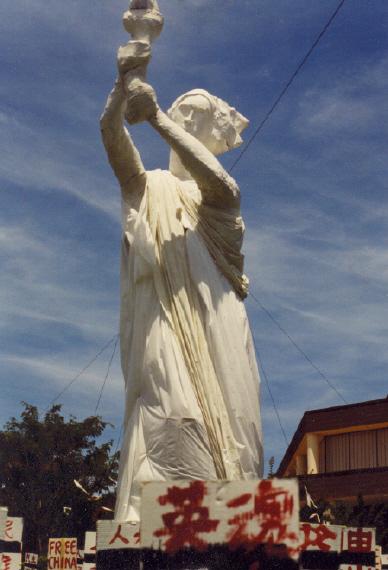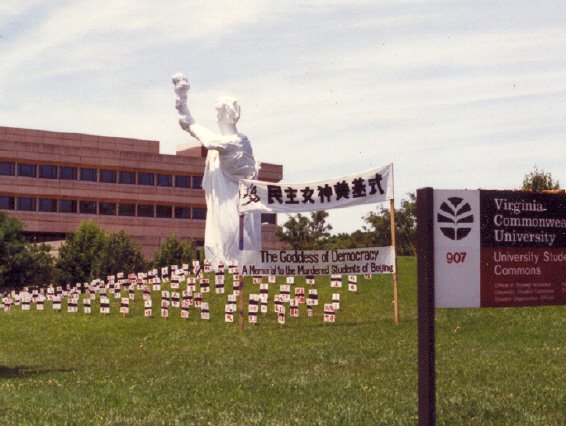 |
| Constructed of Indiana limestone, New Union Station opened for operation in 1919. It was later renamed Broad Street Station. The building now serves as the Science Museum of Virginia. The image is from the VCU Library’s Rarely Seen Richmond postcard collection. |
The first train is said to have pulled out of the station at 1:07 p.m. on January 6, 1919. Designed by John Russell Pope, what was originally known as New Union Station was constructed on the site of what had been the Hermitage Country Club. A partnership of two railroad companies, the Richmond, Fredericksburg & Potomac Railroad and the Atlantic Coast Line, built the station to satisfy the growing city’s needs. Later the station was renamed Broad Street Station and the Norfolk & Western line also came to use it.
Directly across the street, at 2501 West Broad Street, the William Byrd Hotel opened in 1925. The 12-story hotel catered to travelers heading north and south. At the other end of the block the Capitol Theater opened for business a couple of years later. It was the first movie theater in Richmond to be equipped for sound, to screen the new fad -- talkies.
Boasting a first class train station and the new businesses that popped up close by, the area became a cosmopolitan neighborhood. After all, in those days residents of the Fan District lived within easy walking distance of direct access to the entire East Coast.
The William Byrd’s barber shop opened in 1927. Legendary barber Willie Carlton (1926-2013) began looking out of the barber shop’s windows at Davis Avenue in 1948.
Carlton bought the business in the 1950s. Recalling that for many years automobiles parked on the 800 block of Davis at a 45-degree angle facing the barber shop, Carlton chuckled as he described a visit by singer/songwriter Hank Williams (1923-53), who was asleep in a convertible when it was time to open the barber shop.
“Well, he was taking a little nap, out there in his Cadillac,” Carlton the storyteller recalled in a warm tone that seemed to signal that he could still see the picture he was describing.
Apparently, after the hard-living country music great finished sleeping off his road weariness, he got out of his snazzy ride and came inside for his haircut. Carlton says the price of a haircut in those days was 60 cents. Lunch in the hotel’s busy dining room cost about the same.
Although he sold the business in the mid-1990s, until May of 2013 Carlton continued to work at his same barber chair ... when he wasn't playing golf. He died two months later at the age of 87.
During the station’s peak use, the years of World War II, an average of 57 trains passed through Broad Street Station on a daily basis. During the ensuing decades, rapid outward growth of the city combined with the withering of America’s passenger rail system to gradually change the character of the neighborhood.
In 1975 Broad Street Station was no longer the hub of metropolitan life it had been; the last passenger train left the station at 4:58 a.m., on November 15 of that year.
In 1977 the distinctive building’s second life as the Science Museum of Virginia began.
 |
| The photo of the clock on the face of the building is mine (circa 2004). |





